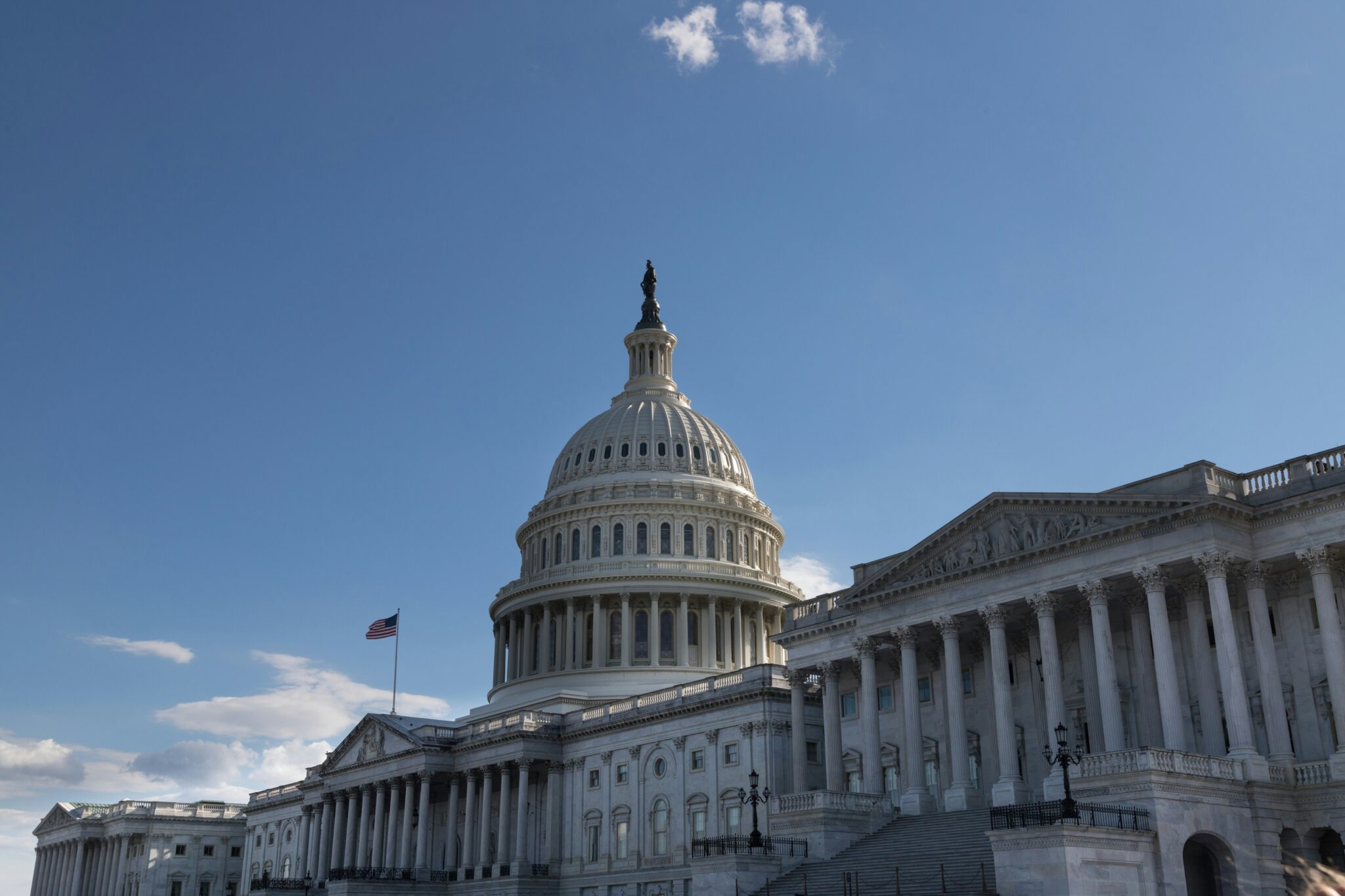There are so many important things going on in Congress and in Washington this week, it’s hard to keep track.
Let’s start with the tax bill. Last week, the Senate passed its version of the Tax Cut and Jobs Act of 2017. The substance of the bill is fiscally irresponsible, the process used to move the bill through Congress is dreadful, and the arguments being used to advance the bill are disingenuous at best and dishonest at worst.
I’ve written both here and elsewhere about the many problems with the bill, so I won’t go into detail, but the high-level problems give a good picture of what is wrong with the bill.
The legislation adds at least $1 trillion to the deficit over the next 10 years, and likely much more. It uses a passel of gimmicks to mask the true costs. And no matter how much the Senate insists it followed “regular order,” releasing the final bill hours before a vote with hand written changes in margins simply doesn’t meet that standard.
Even more importantly, by choosing to pass the bill through reconciliation, the Senate is leaving the voices of millions of American taxpayers out of the process. Finally, no matter how many times proponents of the bill say the tax cuts will pay for themselves, not one single economic study supports that assertion. As much as I want comprehensive tax reform, and believe a corporate rate reduction should be a part of that, I can’t support this bill.
The tax bill isn’t the only game in town, though. Midnight Friday, the continuing resolution that is funding government operations at last year’s spending levels will expire. If Congress doesn’t pass a new one before the witching hour, the country will be facing yet another government shutdown.
Right now, it looks like Congress will pass a short-term extension, keeping the lights on at least until Dec. 22, when it will have to pass either another continuing resolution or (less likely) an omnibus spending bill that funds all operations for the remainder of fiscal year 2018. This may seem like common sense, but before Congress can pass the spending bills, members need to agree on how much to spend in fiscal year 2018. Yep, we are already two months into the fiscal year and Congress still hasn’t set the spending limits, at least ones that they like.
The Budget Control Act of 2011 already set top line levels, so this shouldn’t be such a difficult task. But the fact of the matter is that Congress has not lived under caps since right after the law was enacted. Lawmakers have modified the spending limits set by that law three times in the last six years.
Then there are expiring major programs, like the National Flood Insurance Program, also set to expire on Friday. The House passed a reform bill that would extend the program five years, but it has yet to be taken up by the Senate – and given everything else going on, the upper chamber is unlikely to do so before the holidays. So either the program will lapse or another short-term extension will be attached to another bill (for perspective: leading up to the 2012 reauthorization, the program had 17 extensions and four lapses).
Similarly, the Children’s Health Insurance program, which enjoys wide bipartisan support, ran out of funds on Sept. 30. While many states are able to continue to provide care using funds already distributed to states, they won’t be able to do so for long. The options for Congress are to add a line item to the continuing resolution, to let the states run out of money and have the participating children go without care, or to take independent legislative action. There’s also the defense authorization, the Pentagon policy bill that has been enacted every year since the late 1940s.
And let’s not forget the debt ceiling, which has been suspended since Sept. 30 but will be reset to the national debt on Friday. As you probably recall, this does not mean that at the stroke of midnight Saturday morning, the United States will be in default; rather, the Treasury department will start to employ extraordinary measures – cash management strategies – that will put that time off for a couple months.
Which brings us back to the tax bill. Our national debt is at the highest level since World War II – more than 100 percent of GDP – because of our habit of spending more than we take in as revenue, in good times and in bad. The tax bill working its way through Congress illustrates that problem on steroids. As a country, we are at or near full employment, and corporate profits are at record highs. While economic growth is always welcome, this is the wrong time to use tax cuts as stimulus. It is also a terrible time to increase the deficit. Even without this change in law, the Congressional Budget Office projects that our interest payments on the debt will be $800 billion in 2027, solely as a result of health care costs and retirement costs.
Every single member of Congress worked incredibly hard to get that job. They chose that path. Having made that decision to serve, they need to start making the hard decisions of governing.










